Description
The PU Foam Pig encompasses a variety of types, including the bare foam pig, brush foam pig, polyurethane foam pig, brush polyurethane foam pig and criss-cross foam pig. Each of these foam pigs boasts an end coated with polyurethane and exhibits a shrinking range of 3–5%. Serving a range of functions, from liquid removal and drying to sweeping and general cleaning, these foam pigs are invaluable tools in pipeline maintenance. Their popularity stems from their cost-effectiveness and adaptability, making them a go-to choice in the industry. We offer three kinds of PU Foam Pigs in different densities:
- low density: 35 kg/m³
- medium density: 90 ~ 120 kg/m³
- high density: 120 ~ 220 kg/m³
EMT PU Foam Pigs
- Design Temperature: from -30°C to 100°C
- Operating Distance: 80km~180km
- Start Pressure: 0.2~0.3 MPa
- Withstand Pressure: 7MPa
- Density: 35kg/m³~220kg/m³
Foam pigs are multi-functional devices crucial for pipeline maintenance tasks such as drying, cleaning, and product removal. They find applications in diverse sectors, including oil and gas, food and beverage, mining, chemical and petrochemical, cosmetic, and pharmaceutical industries. Their lightweight and flexible nature allows foam pigs to effectively traverse through unusual piping structures, fittings, and valves, making them an essential tool in pipeline management.
Name | PU Foam Pigs | ||||
Material | Polyurethane | ||||
Density | Light Density | 0.02-0.3g/m3 | |||
Medium Density | 0.08-0.12g/m3 | ||||
Heavy Density | 0.13-0.16g/m3 | ||||
Features | First, High wear resistance | ||||
Second, Good cleaning performance | |||||
At last, Low cost | |||||
Payment | TT/LC | ||||
Advantages | 1. Lightweight and flexible | ||||
2. Nice cleaning efficiency. | |||||
3. Accurate location tracking | |||||
How to Choose PU Foam Pigs
Selecting the right pig for pipeline cleaning is a complex decision, involving multiple objectives and factors. The trend in pig development is towards adapting to long-distance station pigging requirements, demanding higher standards for the pig’s cup configuration, strength, and transmitter quality. This selection primarily hinges on the pig’s mechanical strength, wear resistance, adsorption, its reactivity with the transport medium in the pipeline, and its ability to traverse the pipeline. Here’s a breakdown:
- Pigging Goals: Depending on whether the pipeline needs to be cleaned of liquid or solid impurities, the choice of pig will vary. If a large amount of sediment is expected, a pig with a drain hole can be used in natural gas pipelines to prevent clogging, blowing the sediment up through the vent hole.
- Pipeline Lifecycle Stages: New pipelines need pigs that can clean residues, conduct preliminary measurements, test pressure, dry the pipeline, and assist in trial operations. Operational pipelines need pigs that can clean wax deposits and dirt, isolate media, and inhibit corrosion. When pipelines are decommissioned, pigs for media removal and inert gas filling are needed.
- Driving Medium Characteristics: The nature of the driving medium (oil, water, or gas) used for pigging should also be considered in pig selection.
- Pipeline Interferences: Various pipeline features such as minimum bend radius and angle, minimum and maximum inner diameter, connections to branch pipes, changes in elevation, and the type, location, and size of valves, tees, and elbows along the line should be considered when selecting a pig.
- Pigging Process: Factors like the pipeline’s operating pressure range, the potential speed range of pig operation, and the maximum distance that the pig needs to operate should be taken into account.
- Pig Equipment Size: The size of the steel brush and scraper installed on the pig needs to be considered, based on the thickness of the wax deposit in the pipeline and the range of driving force.
- Pig Attributes: The mechanical strength, wear resistance, and reactivity of the pig with the medium in the pipeline should be considered.
What are the Requirements for Drying the Gas Pipeline?
Drying of a gas transmission pipeline is a crucial step that should be executed after pressure testing and pigging. This can be accomplished through several methods.
One technique involves using absorbent foam pigging plugs for repeated adsorption. Alternatively, dry gases such as compressed air or nitrogen can be used to purge the pipeline. Vacuum evaporation is another method, or a glycol-based hygroscopic agent could be injected for cleaning and drying the interior of the pipeline.
Choosing the right drying method requires considering local conditions, technical feasibility, cost-effectiveness, ease of operation, and environmental impact. Often, a combination of the above methods may be utilized for optimal results.
Once the pipeline has been dried, it must be inspected and approved according to the following criteria:
- For dry gas purging, a water dew point analyzer should be set up at the end of the pipeline. After drying, the water dew point of the exhaust gas should be at least 5°C below the lowest ambient temperature under pipeline transportation conditions for a consecutive four hours. The fluctuation range should not exceed 3°C.
- If a vacuum method is used, a vacuum gauge of at least class 1 accuracy is required. After drying, the dew point of the gas and water in the pipeline should be lower than -20°C for four hours, equivalent to an air pressure of 100Pa (A).
- If a glycol hygroscopic agent is used, the water content of the glycol discharged from the end of the pipeline should be less than 20% by mass.
Applications of PU Foam Pigs
- Pipeline Pigs are utilized for sweeping the pipeline and removing various impurities after the completion of pipe construction and pre-silicon application.
- They serve a crucial role in expelling gas before a pipeline hydrostatic test and in dewatering post-test.
- Pipeline Pigs are also used to verify the roundness error before usage and to confirm the accurate positioning of the live ball valve and pipeline diameter after valve activation.
- They are effective in eliminating weld flash at joint locations.
- Regular or irregular use of Pipeline Pigs can facilitate ash discharge, paraffin removal, descaling, and water treatment of used oil and gas pipelines.
- They can be employed as inflators of various fluid mediums within a single pipeline.
- Lastly, Pipeline Pigs can also be used to apply an anti-corrosive coating to the pipeline wall.
Our Service
We offer a wide array of PU Foam Pigs, each tailored to meet specific requirements, ensuring optimal performance for your unique needs. To build trust in our quality and services, we provide samples for evaluation. We pride ourselves on our swift response times and expedient delivery, ensuring that you receive your order promptly. To cater to your needs, we’re available around the clock, seven days a week, providing consistent and reliable service.

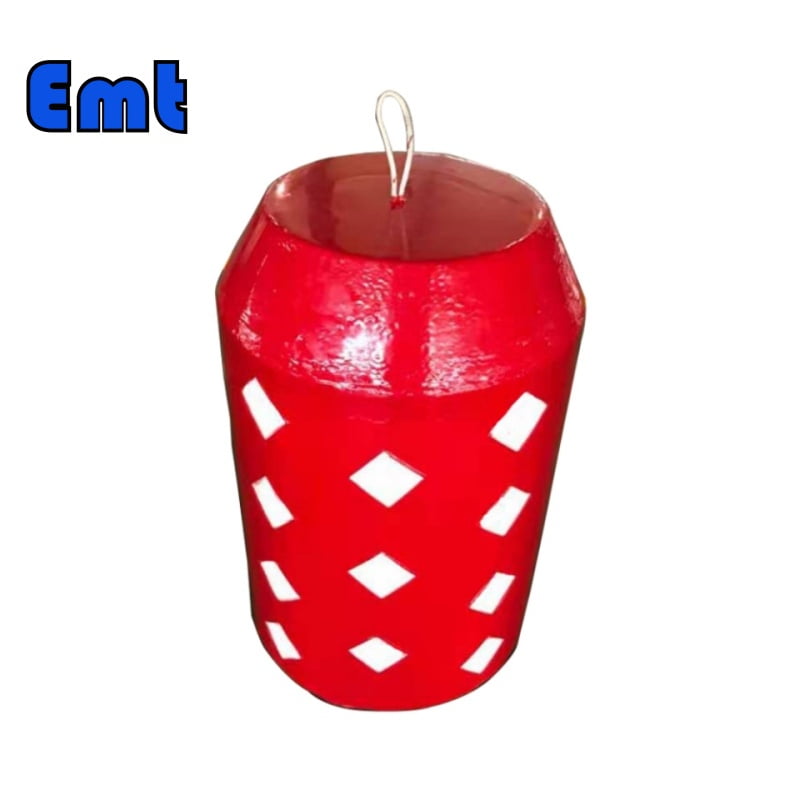
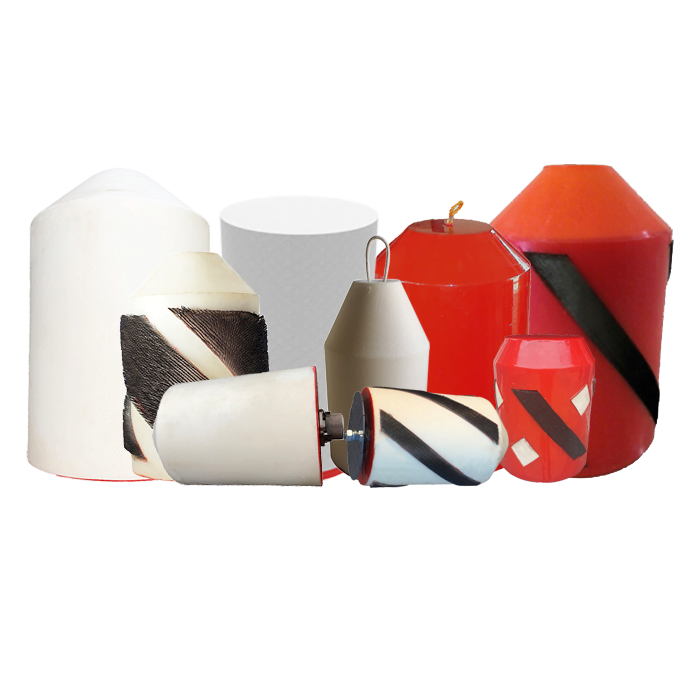
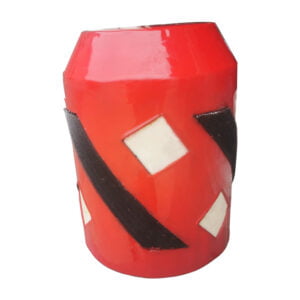
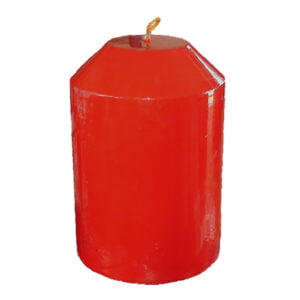
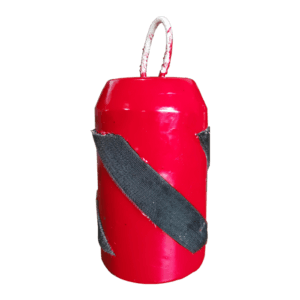
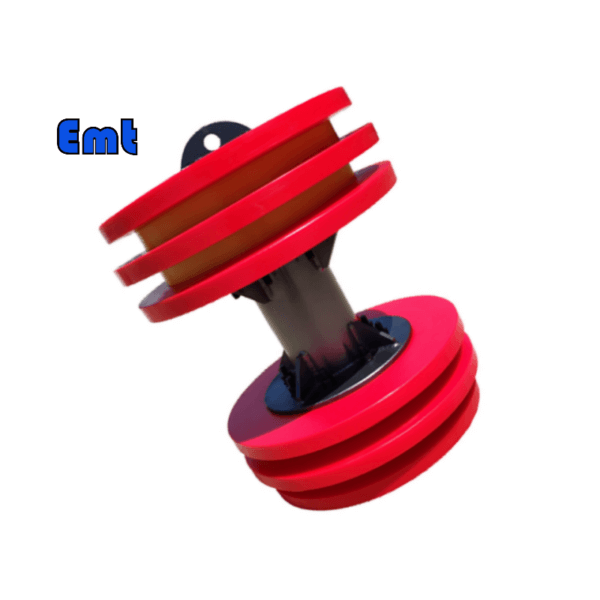
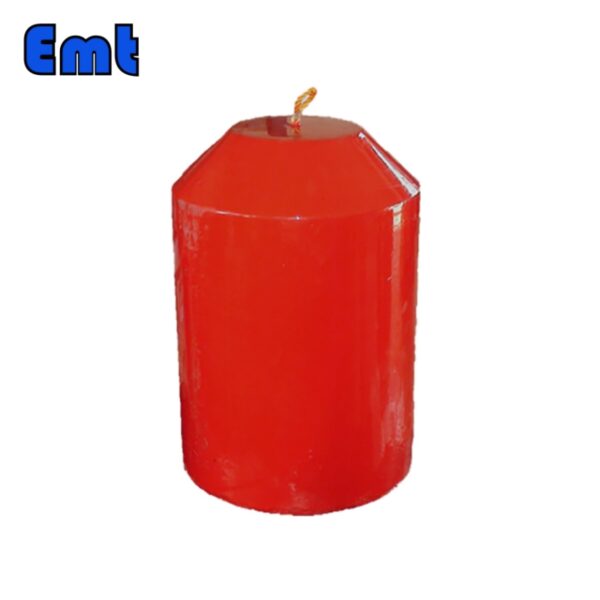
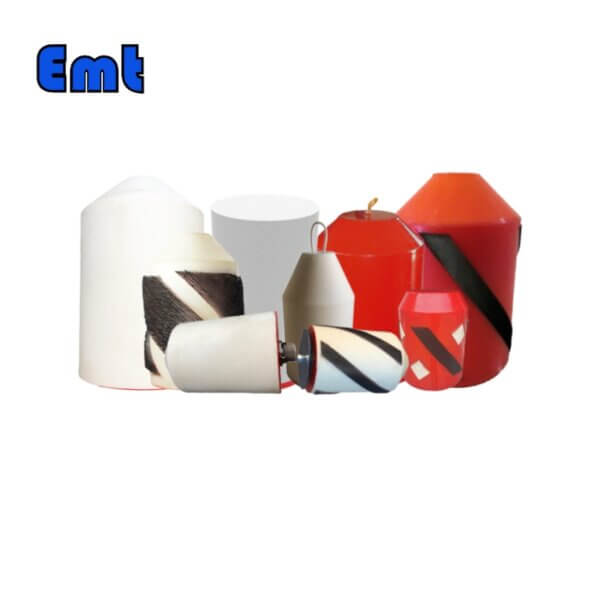
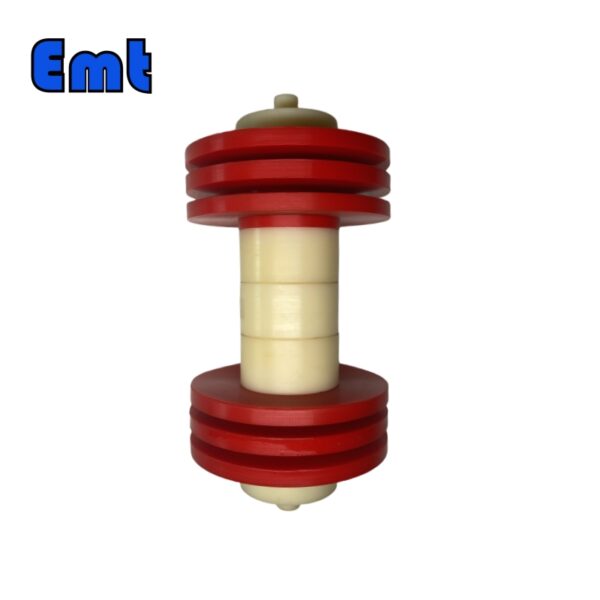
Reviews
There are no reviews yet.